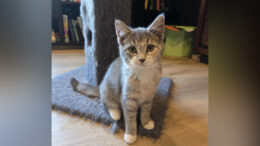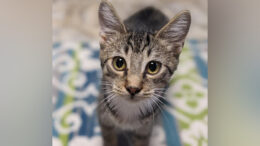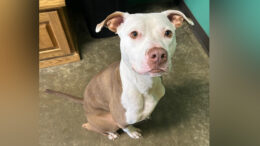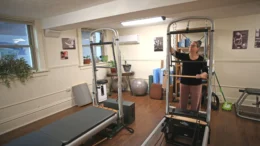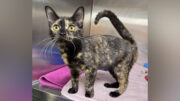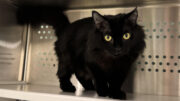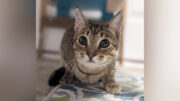Tens of millions of households throughout North America include pets. The American Veterinary Medical Foundation reports that more than 80 million households in the United States include companion animals, while the 2014 Canadian Pet Market Outlook reported that 57 percent of Canadian households owned pets.
Pets are a big responsibility, and responsible pet owners recognize that the work begins even before pets come home. Pet proofing a home protects pets from accidents and injuries as they grow acclimated to their surroundings.
Install childproof latches
Much like children after they learn to crawl and then walk, young pets tend to be curious, and that curiosity can put them in precarious positions. Pet owners should install childproof latches on low drawers and cabinets, especially those beneath sinks where potentially harmful cleaning products are typically stored. Curious pet paws may be able to pry or pull open cabinets and drawers, but childproof latches can make that considerably more difficult if not impossible.
Close toilet lids
While images of puppies drinking from toilets may elicit some laughs, the nonprofit organization American Humane warns that chemicals in common toilet cleaners can be deadly to pets. In addition, small puppies or kittens can drown in toilets. Keep all toilet lids closed when toilets are not in use.
Keep potentially harmful items out of pets’ reach
Household cleaners beneath the kitchen sink are not the only items around the house that can be harmful to pets. Medications should always be stored on high shelves where pets cannot reach them. In addition, make sure all laundry room items, including detergent and dryer sheets, are stored out of pets’ reach. Discuss human foods that might be harmful to pets with a veterinarian and make sure such foods are not left out where pets can reach them when you are hosting friends or family members. If necessary, make sure all foods are served on dinner tables or kitchen counters that are inaccessible to pets.
Conceal all wires
Today’s homes are more connected than ever before, and that often translates to more wires around the house. Make sure all wires are bundled together and out of the reach and view of pets, who may be tempted to chew on them. Even wires that are out of reach may tempt pets if they can see them, so pet owners should make concerted efforts to conceal wires.
Move or remove potentially poisonous plants
Plant lovers may not have worried if their plants were poisonous when they had no intention of welcoming pets into their homes. But prospective pet owners should research each plant in their homes to make sure they’re not poisonous. Move potentially poisonous plants to places where pets cannot access them. Remove any poisonous floor plants from the home before purchasing or adopting a pet.
Pets, particularly puppies and kittens, tend to be curious. Pet parents can protect pets from their own curiosity by pet proofing their homes.
Metro Creative Graphics Inc.


















